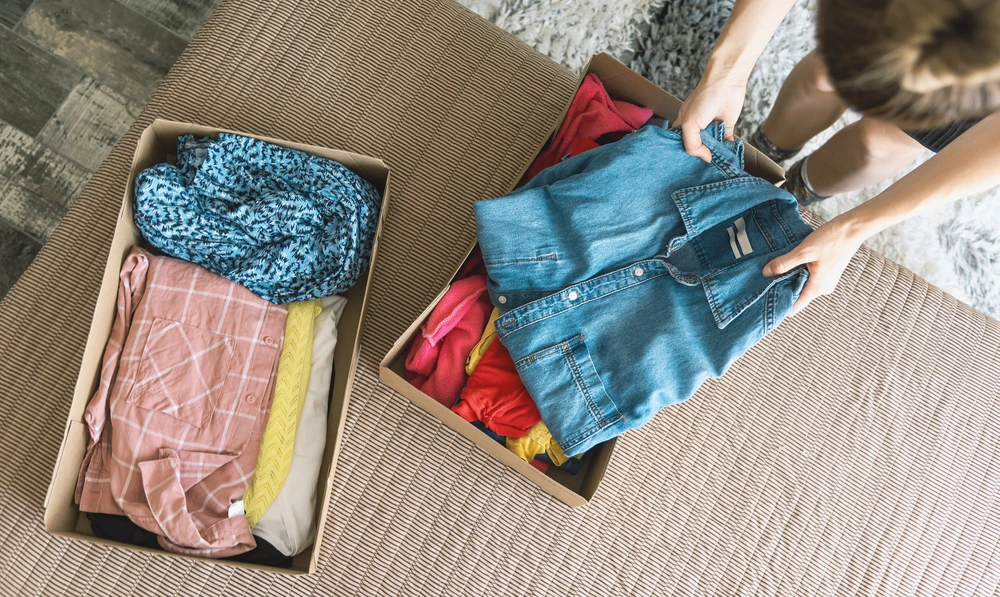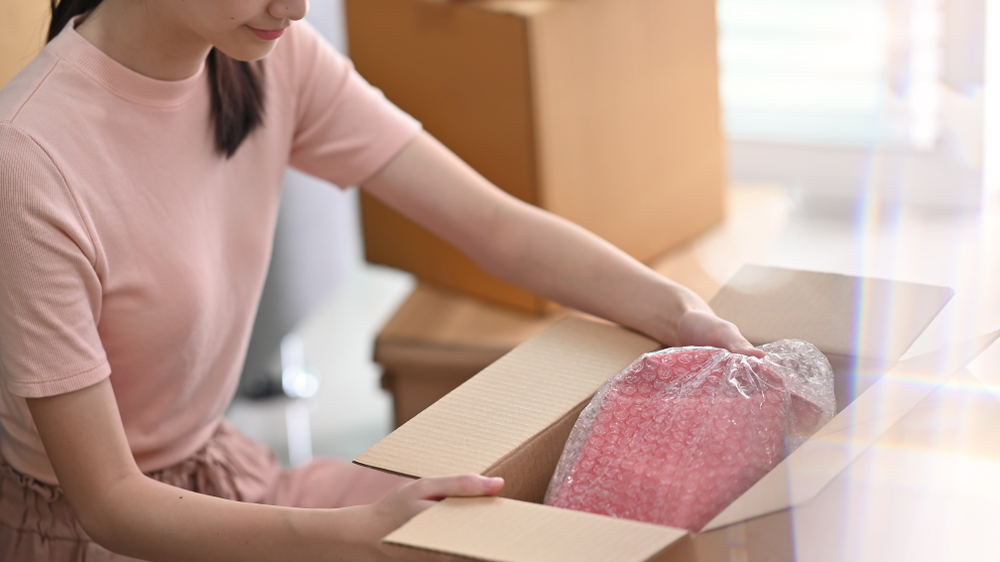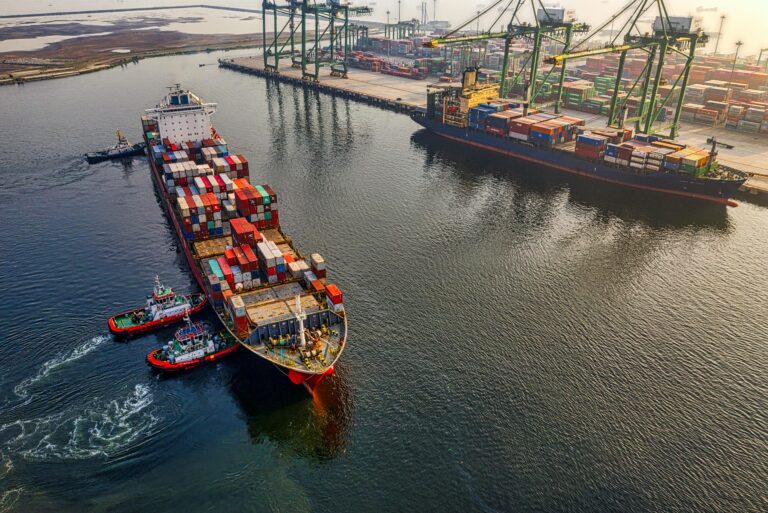In general, ecommerce returns are a massive and costly headache for retailers. According to a report from the National Retail Federation and Appriss Retail, retailers expect more than $761 billion in merchandise sold last year to be returned by consumers. This staggering number represents about 16.6% of all U.S. retail sales in 2021.
As consumers have more opportunities to buy more volume and more frequently — thanks to ecommerce growth — the volume of returns will increase. As a result, many retailers are rethinking how they handle returns, including possibly even scaling back on generous return policies. However, one of the creative ways that brands can meet and exceed customer expectations while reducing the financial and environmental cost of returns is to consider implementing a peer-to-peer returns system.
What Are Peer-to-Peer Returns?
Peer-to-peer returns allow customers to return unwanted items to other customers rather than back to the retailer. The retailer manages the returns process and provides a shipping label. But the customers take care of returning the items to one another.
There are a few different ways that this can work. The first is that the retailer can list the available items on a marketplace or forum, and the customers can contact each other to arrange a return. The second is that the retailer can match customers who want to return items with customers who have requested those items similar to how a rideshare app works.
And fashion retailers are quickly starting to catch on to this concept. One of this year’s New York Fashion Tech Lab cohort is Greenlist, a platform that facilitates peer-to-peer returns on a retailer’s site. Customers can find and purchase returns for a slight discount. And shoppers with buyer’s remorse can offload anything that does not fit either the size or the vibe.
The Benefits of Peer-to-Peer Returns

There are a few key benefits of peer-to-peer returns for retailers:
Cost savings
Retailers save on the cost of return shipping when customers return items to one another. Some estimate these cost savings to be an average of $20 per return.
Environmental sustainability
Fewer items are returned to the retailer, which means less shipping and packaging waste. Additionally, since the vast majority of returned clothing ends up in landfills, peer-to-peer returns can divert some of that waste into actual use.
Increased customer loyalty
Customers who have a positive experience with the returns process are more likely to be loyal to the brand. Many younger shoppers are demanding more environmentally friendly policies, and reducing return waste is one of the ways to capture their attention.
Increased sales
Returned merchandise has a new life at another customer’s home. For shoppers looking for items that sold out quickly or that they would like to purchase again after they’re out of stock, peer-to-peer returns offer that opportunity.
Protect Brand Reputation
Brand-owned peer-to-peer marketplaces let brands re-sell authenticated merchandise. Customers can see the clear authentication line from the original item purchased on the brand’s website to the peer-to-peer secondary sale.
For brands looking for a way to reduce the impact of returns on their bottom line and the environment, peer-to-peer returns might be the right option.
How to Get Started with Peer-to-Peer Returns
Returns are a serious problem for retailers. Many shoppers today engage in “bracketing,” or buying products that they intend on returning. According to Statista, 36% of bracketing occurs when shoppers cannot try on clothes in-store. What’s more, 58% of consumers report buying items with the intention of making returns. Offering realistic and creative solutions to customers will help curb waste.
Reliable, vetted logistics and reverse logistics are a non-negotiable for brands and retailers looking to implement new solutions. ESW offers a global network of tested technology and 3PL providers that enables retailers and brands to expand their global footprints. Contact us today to learn more.





